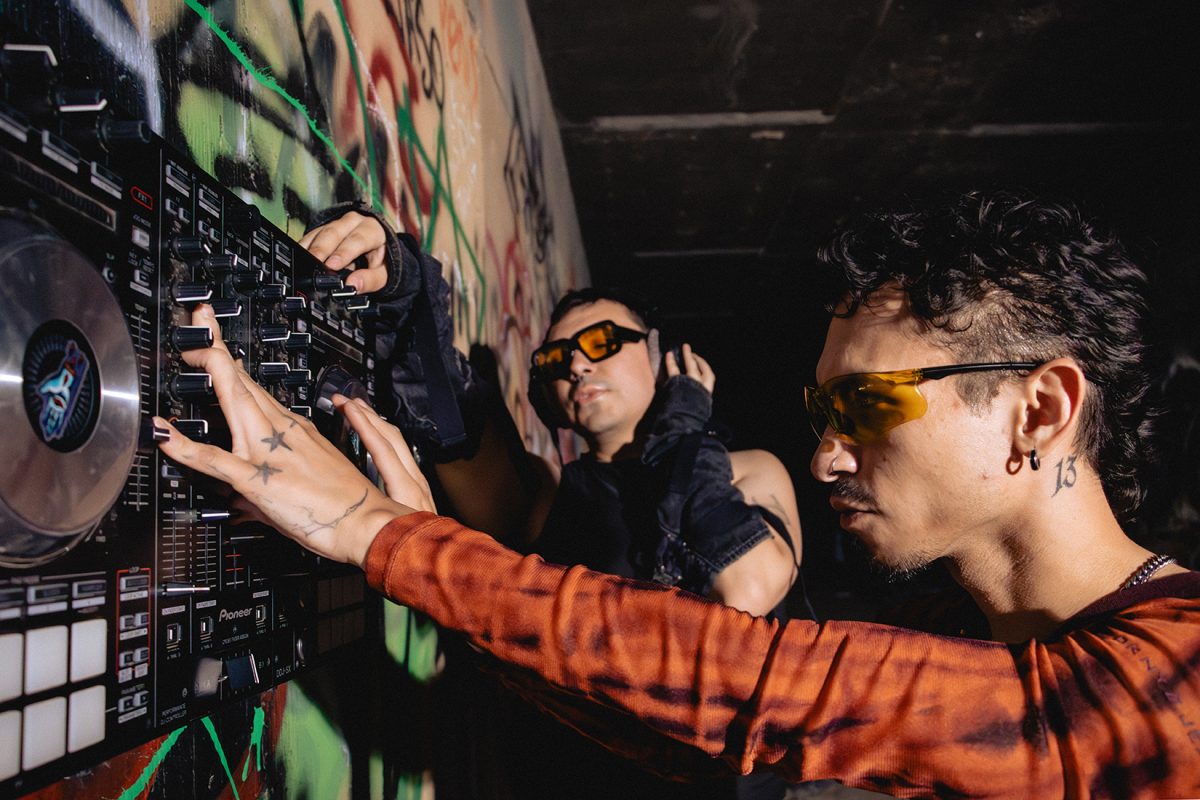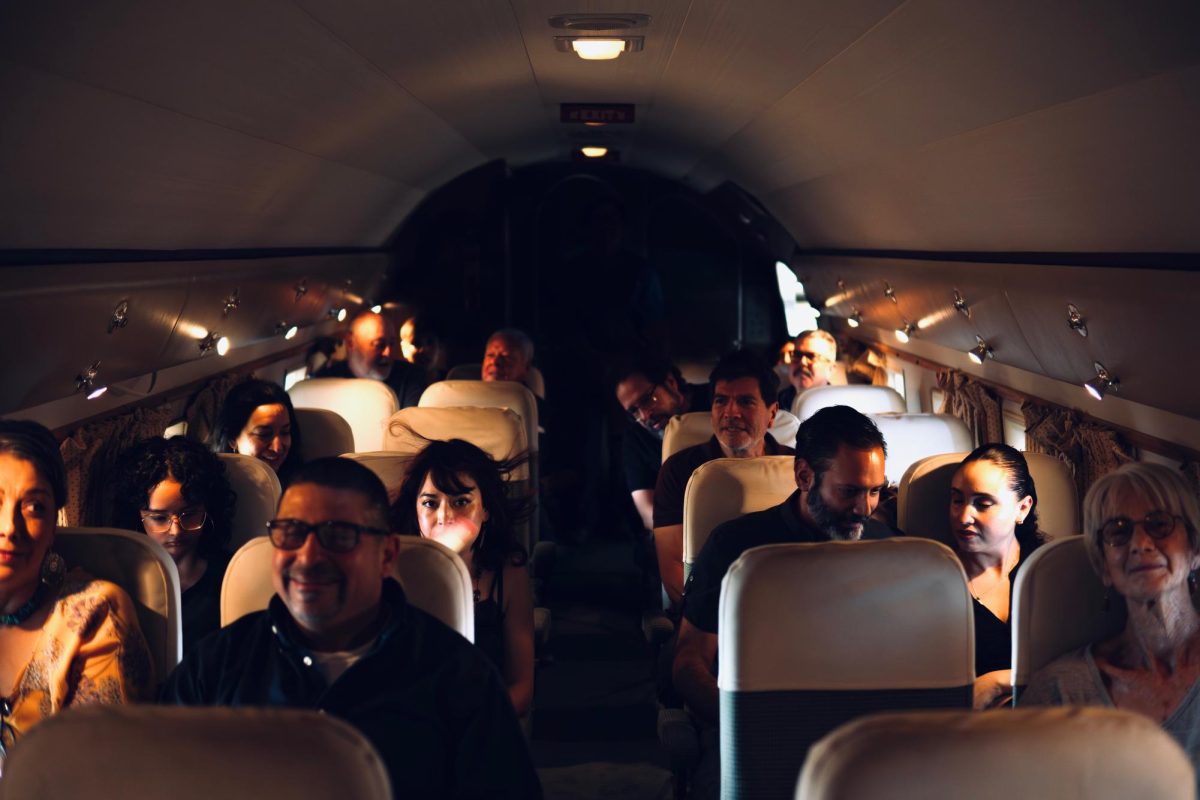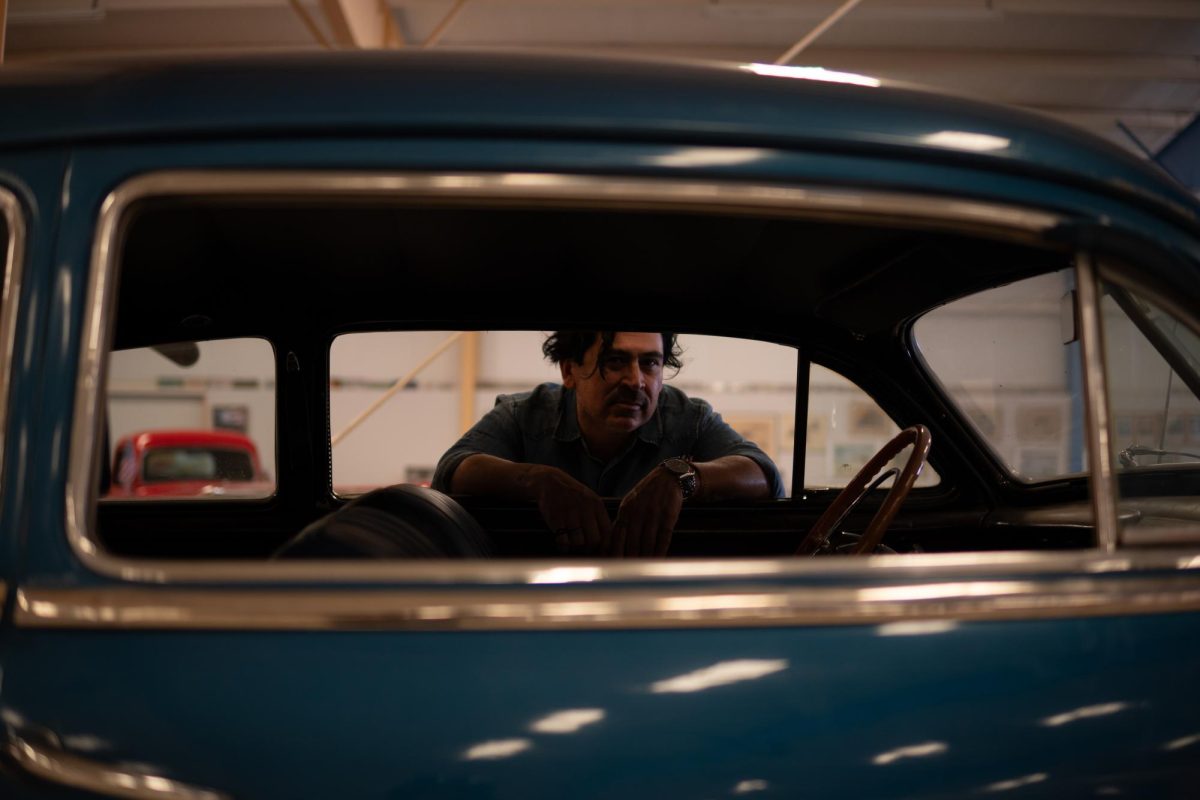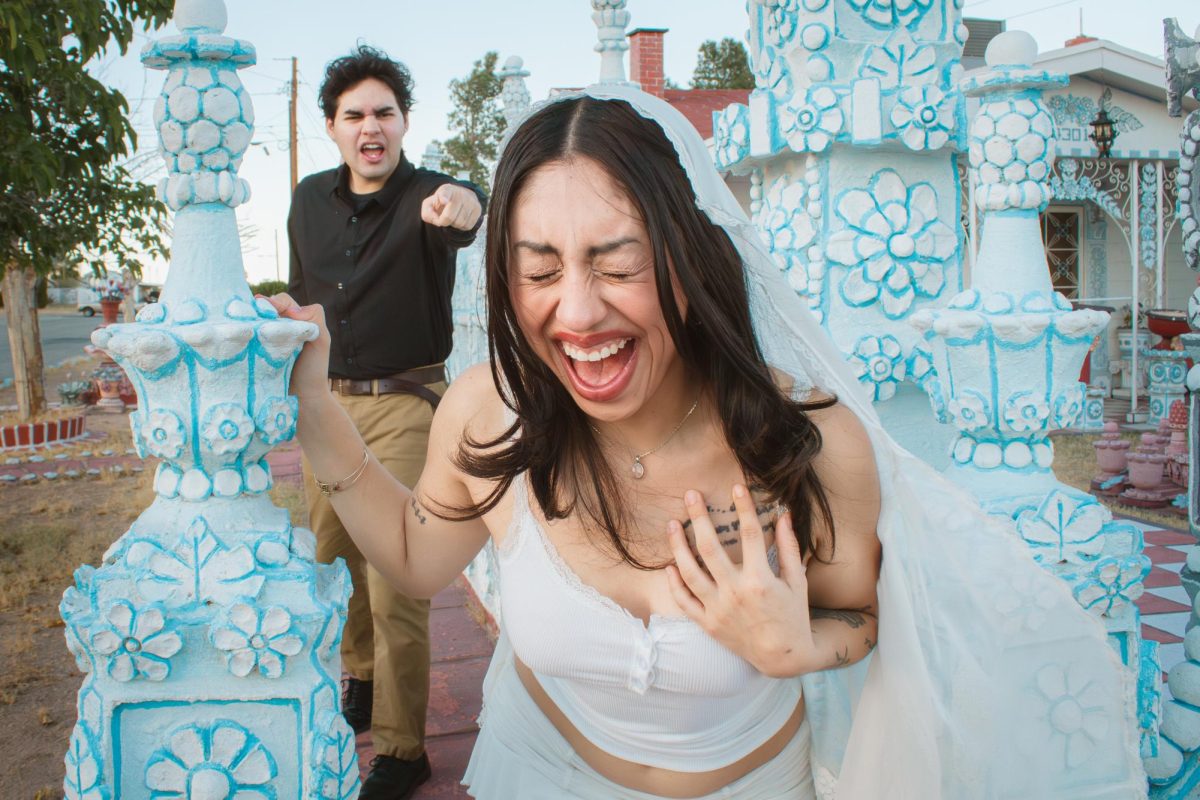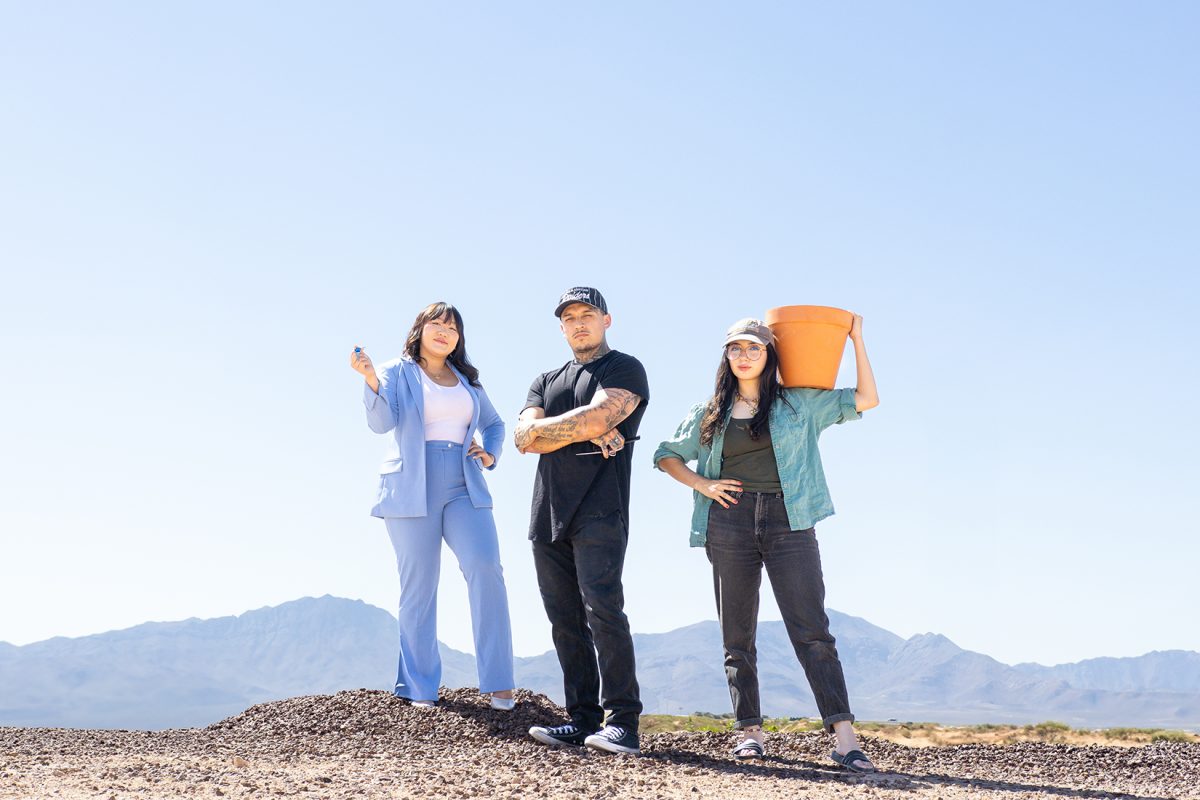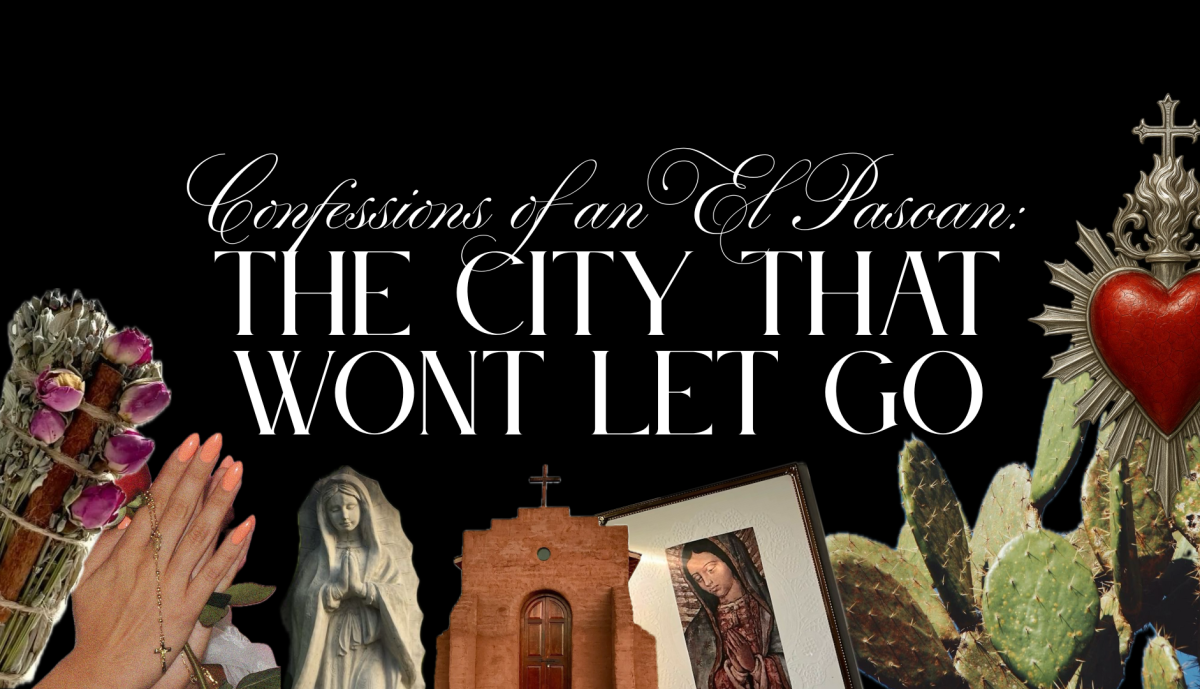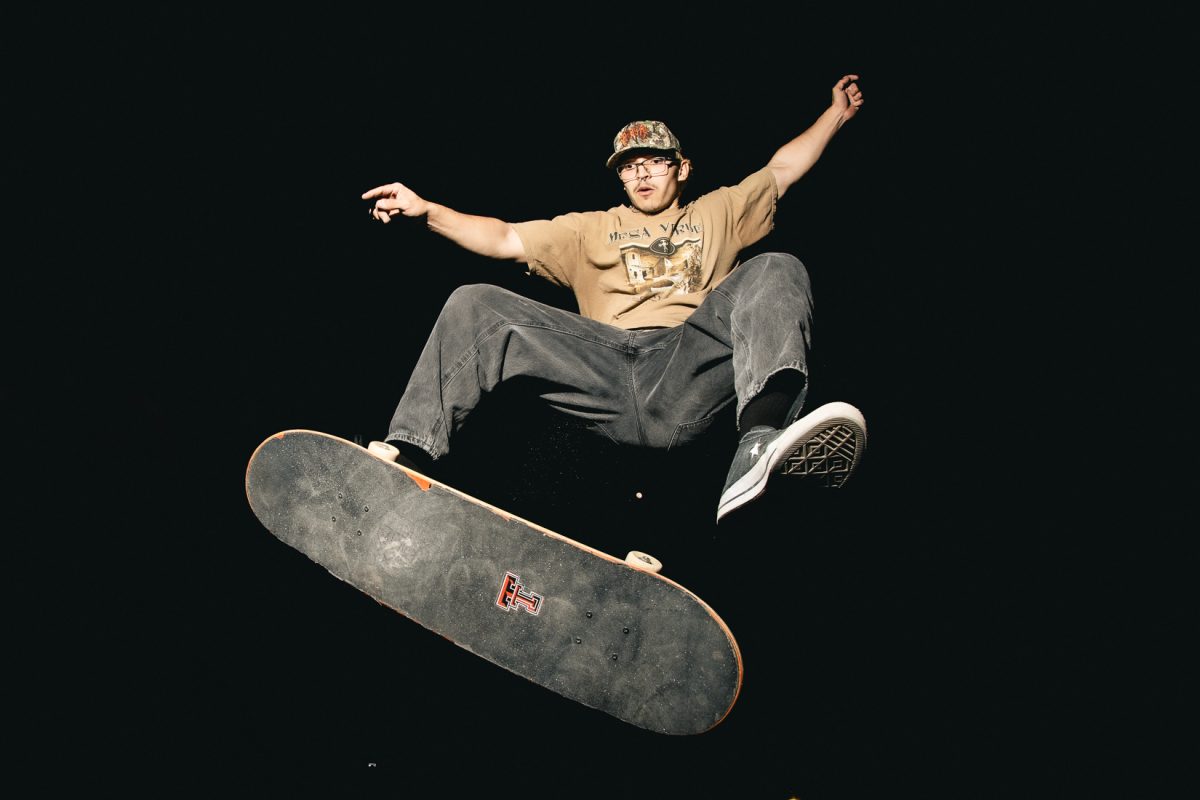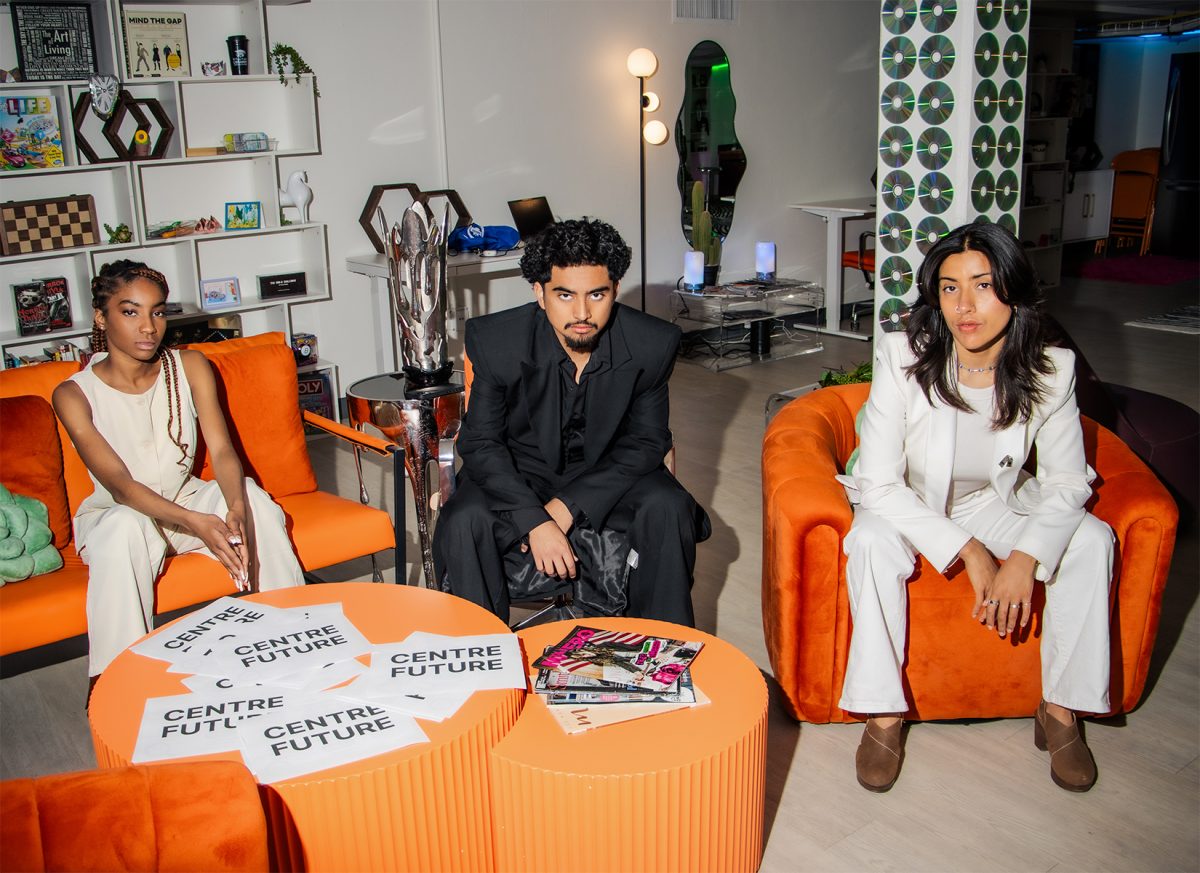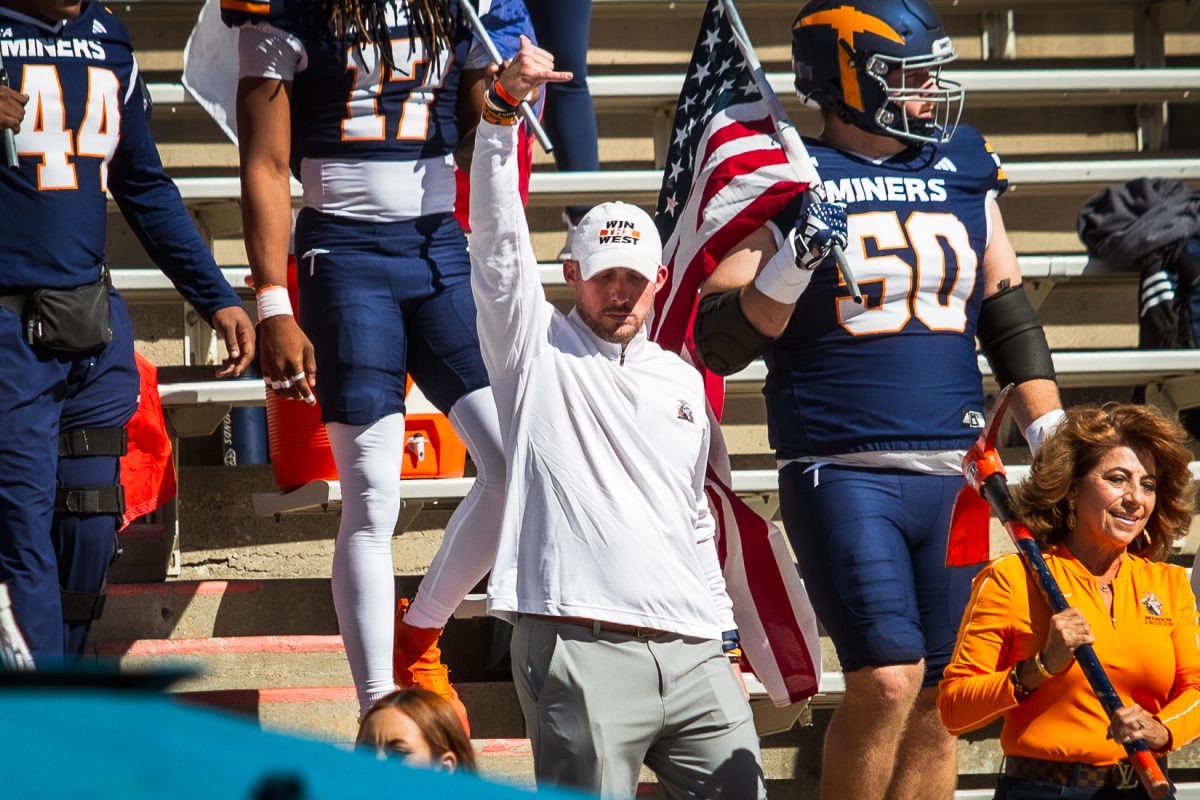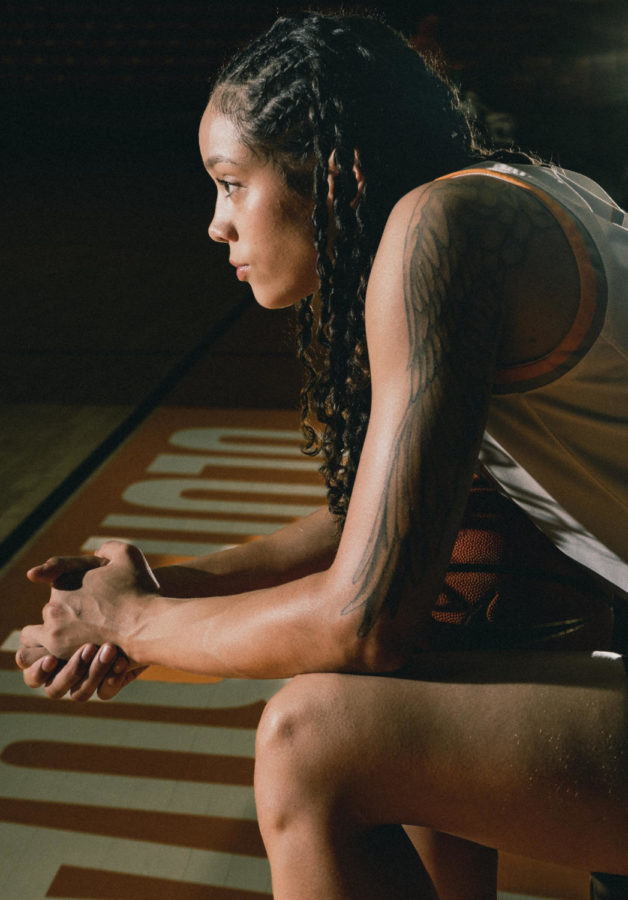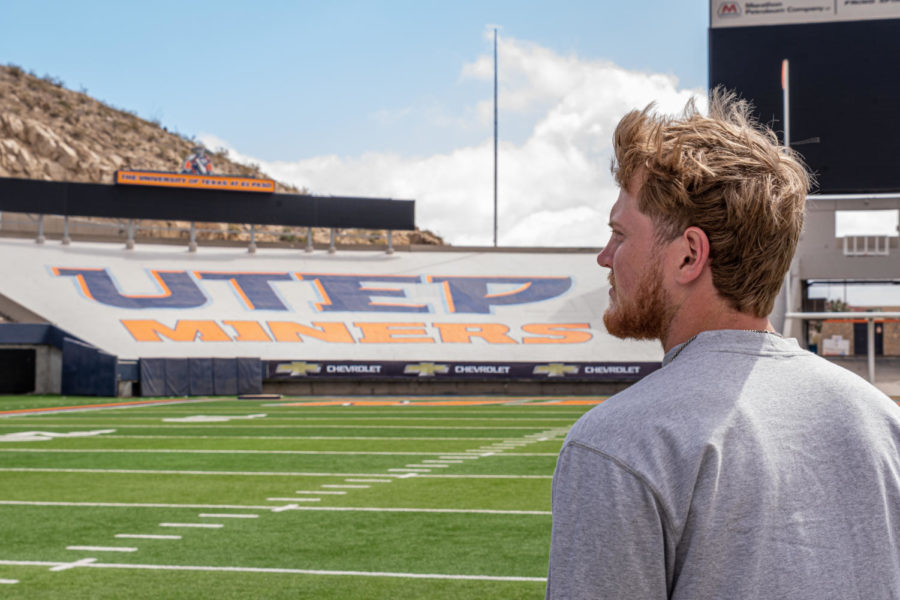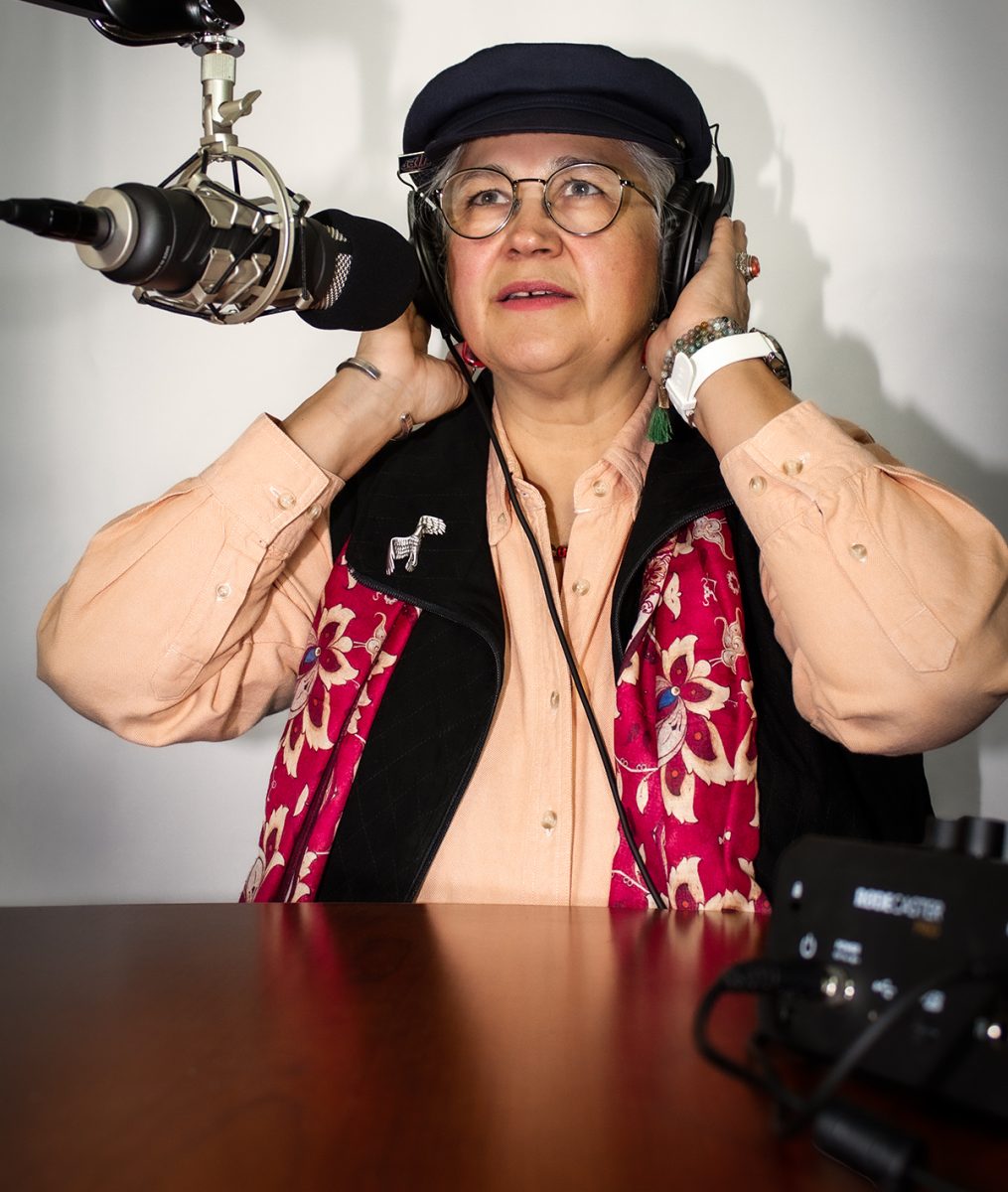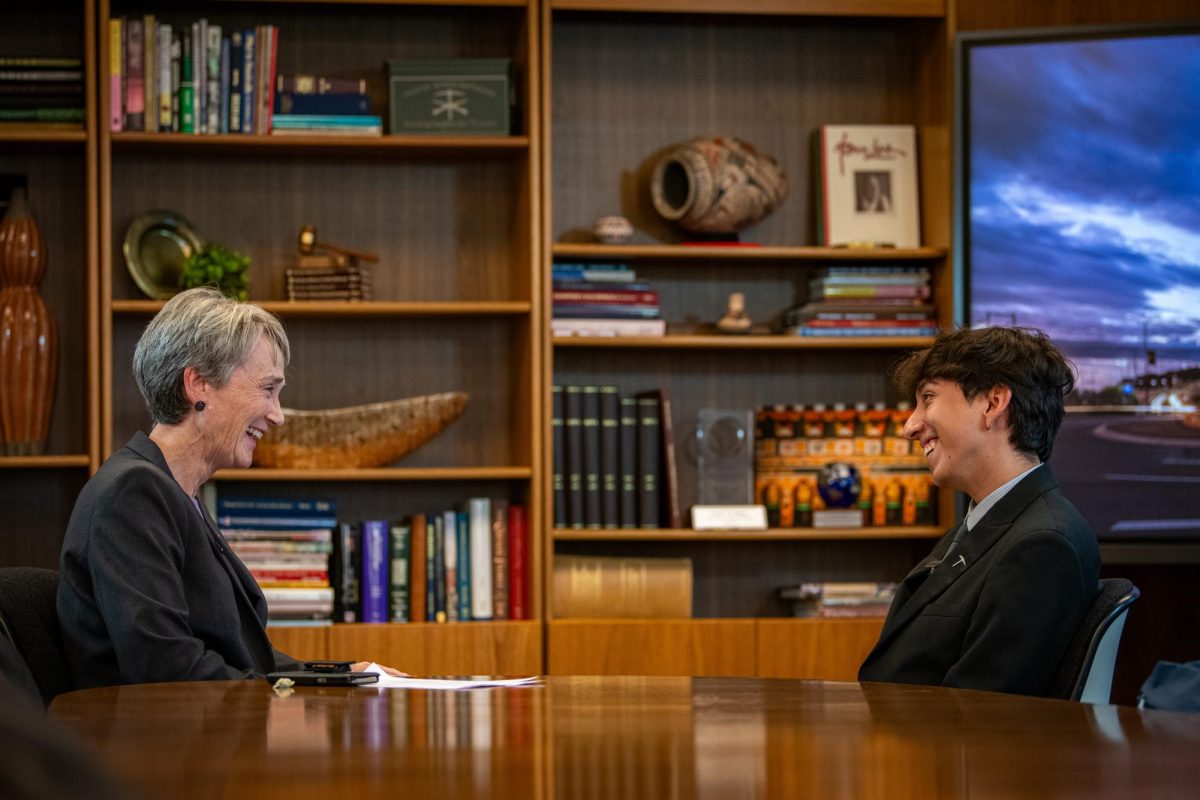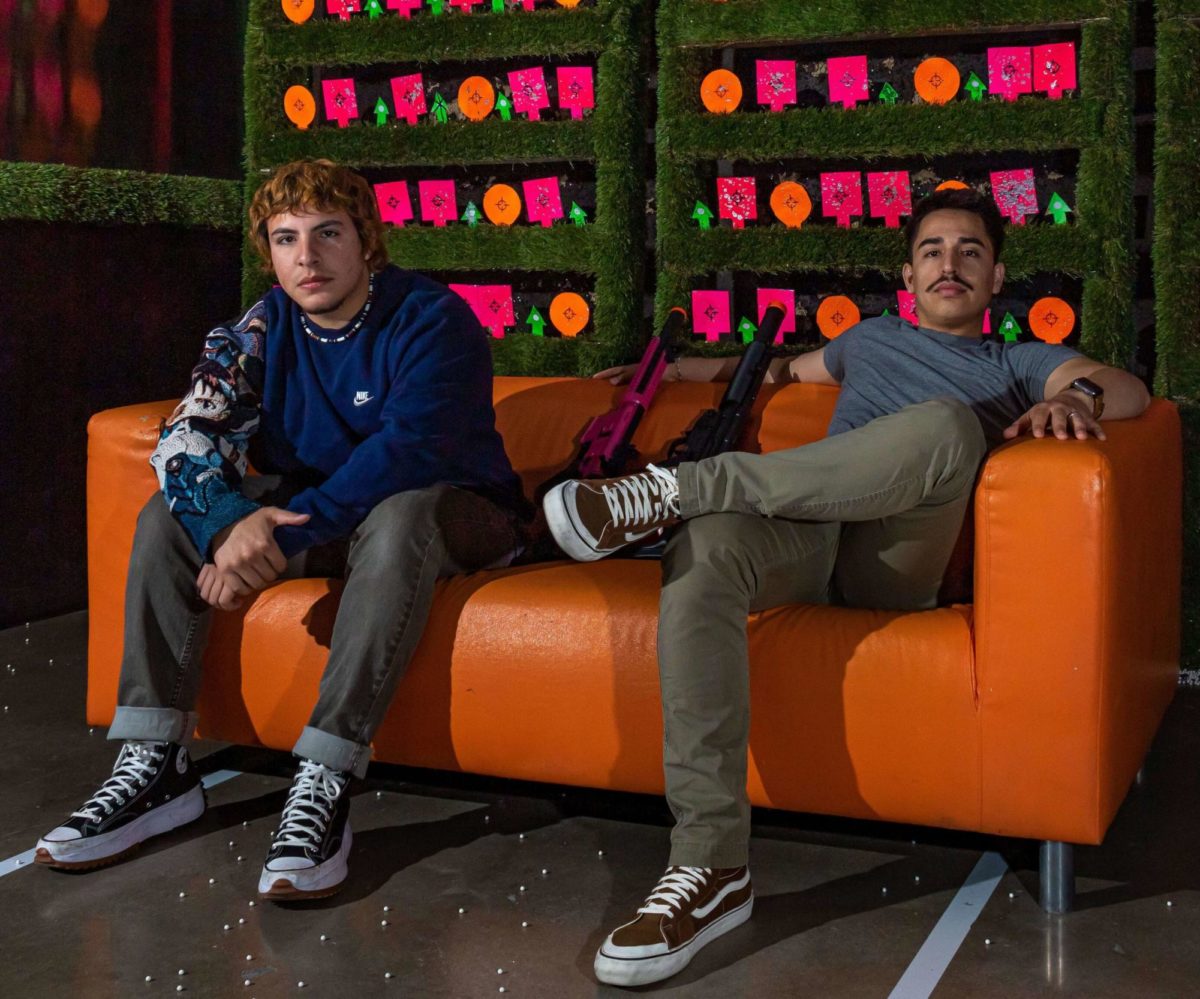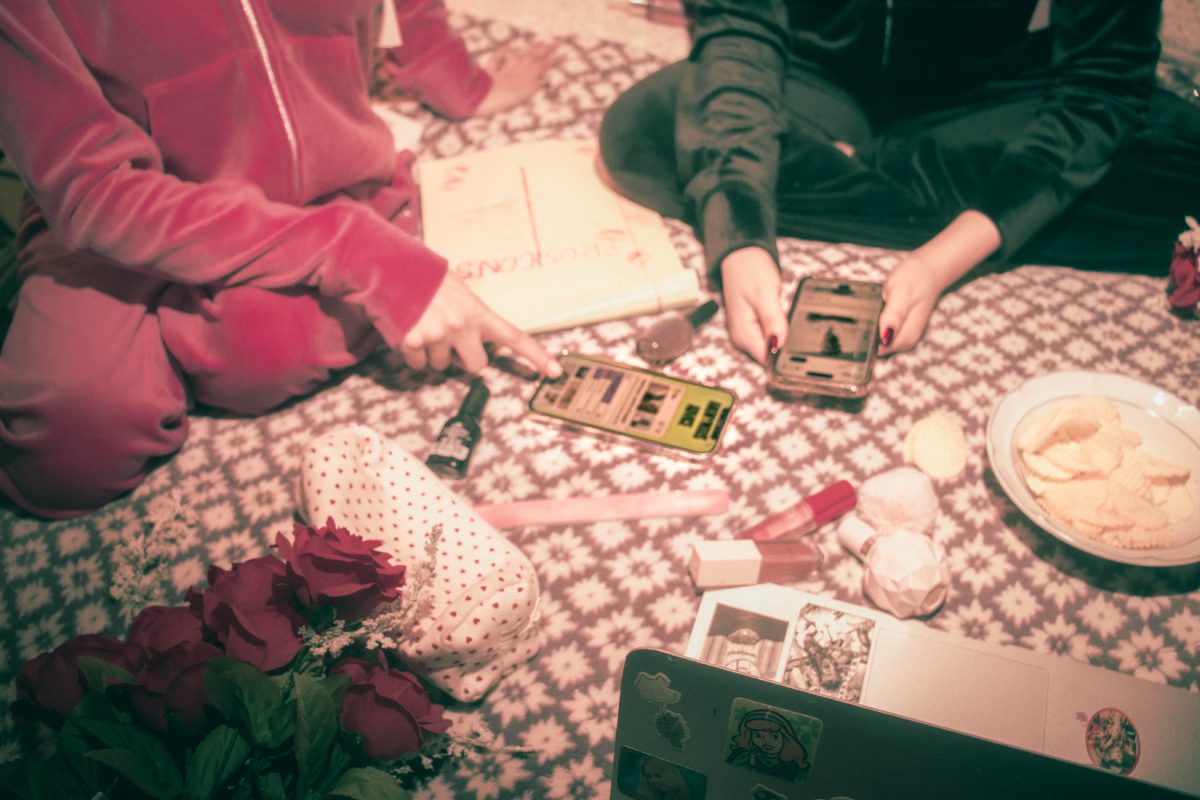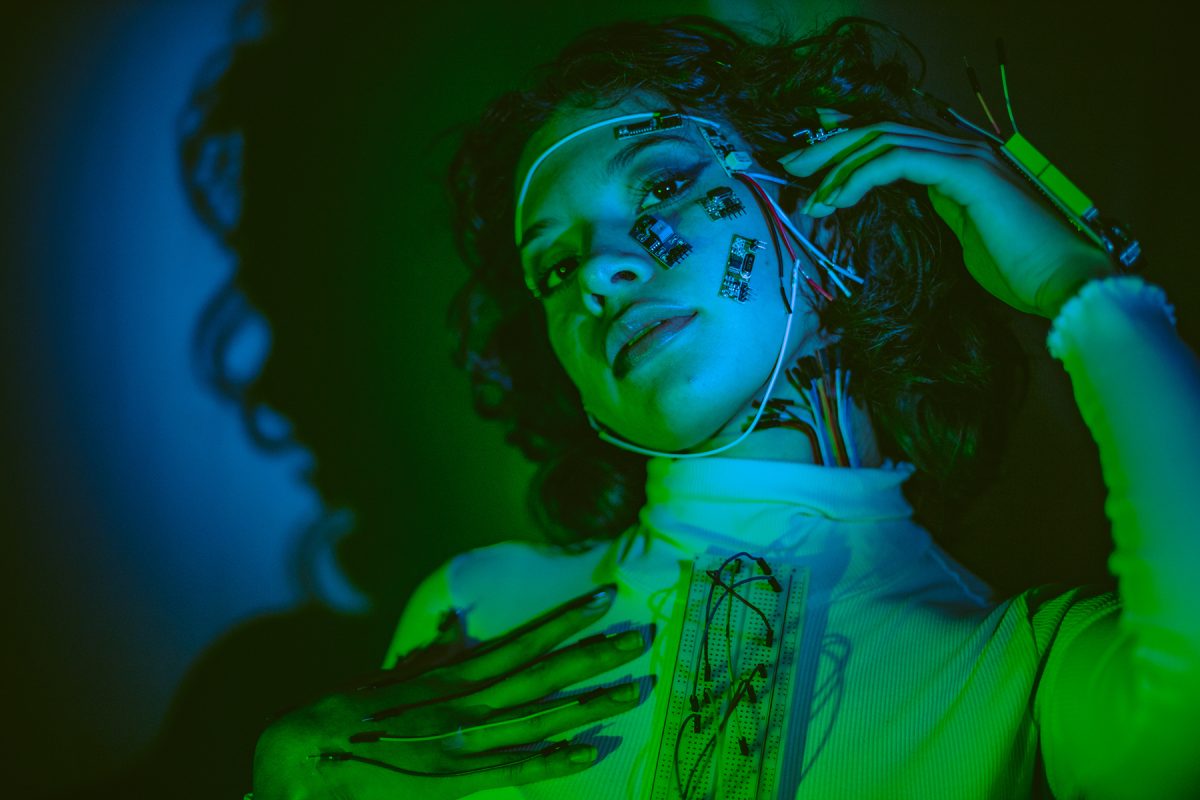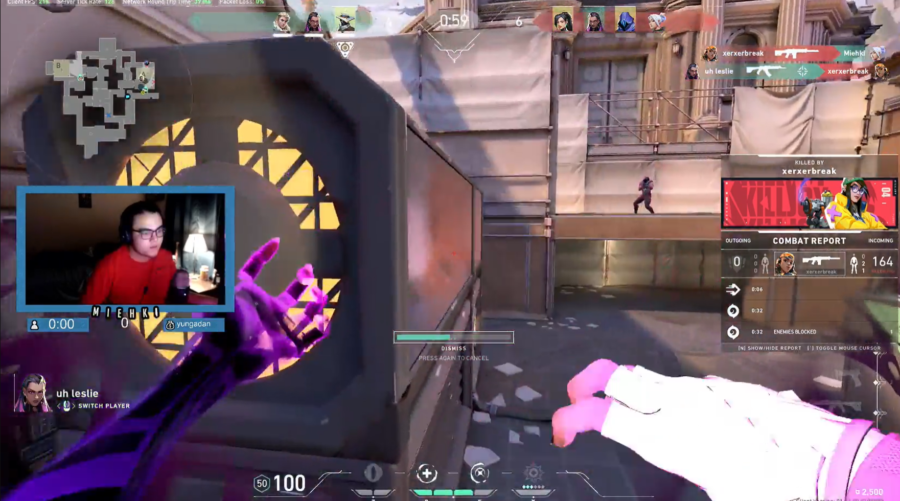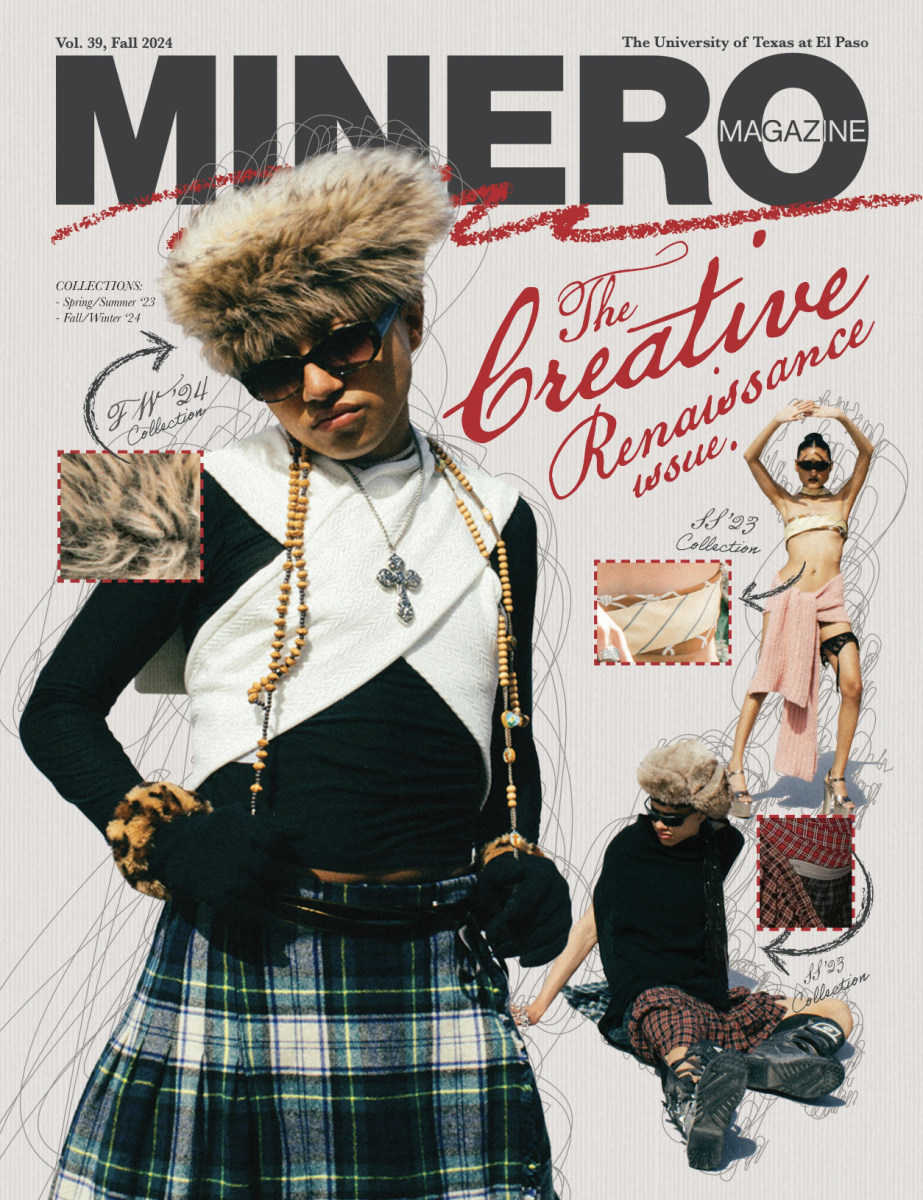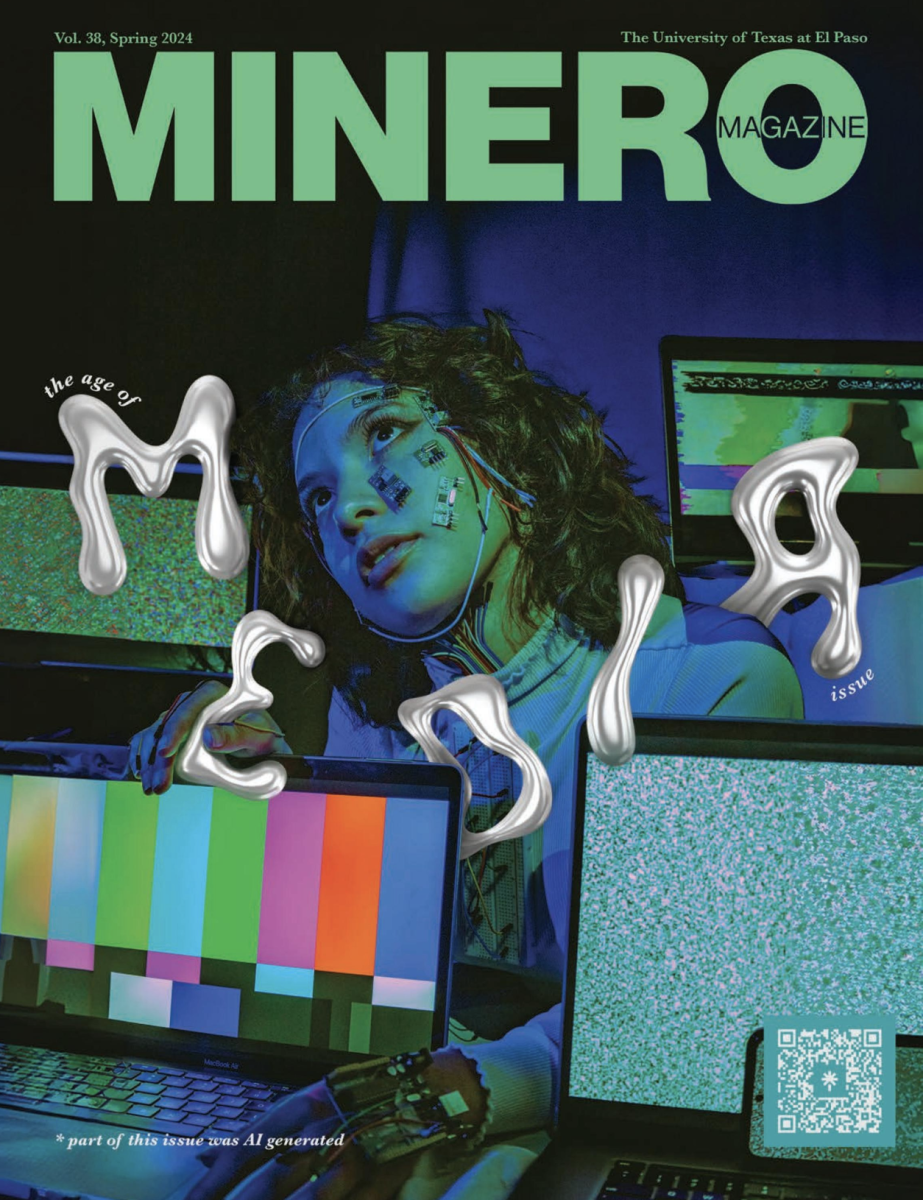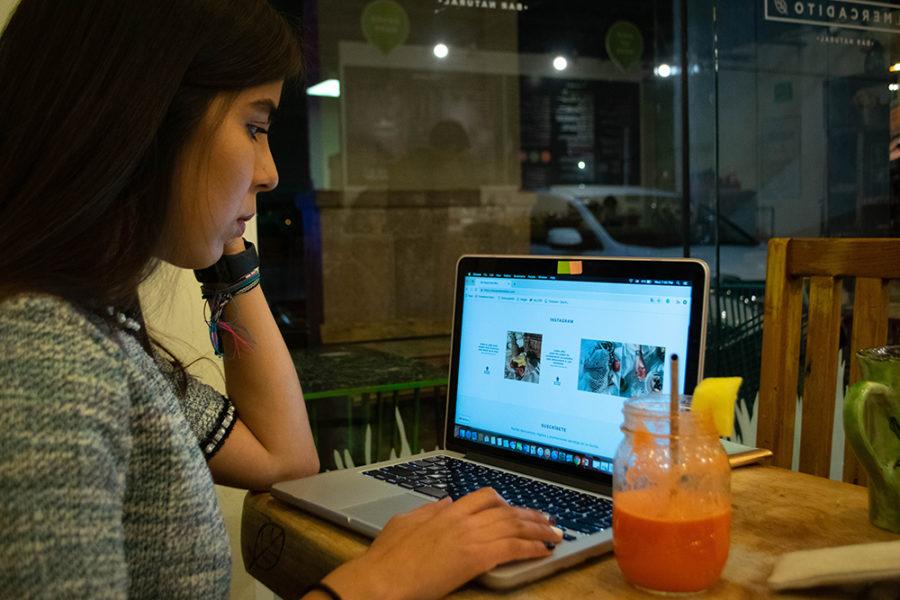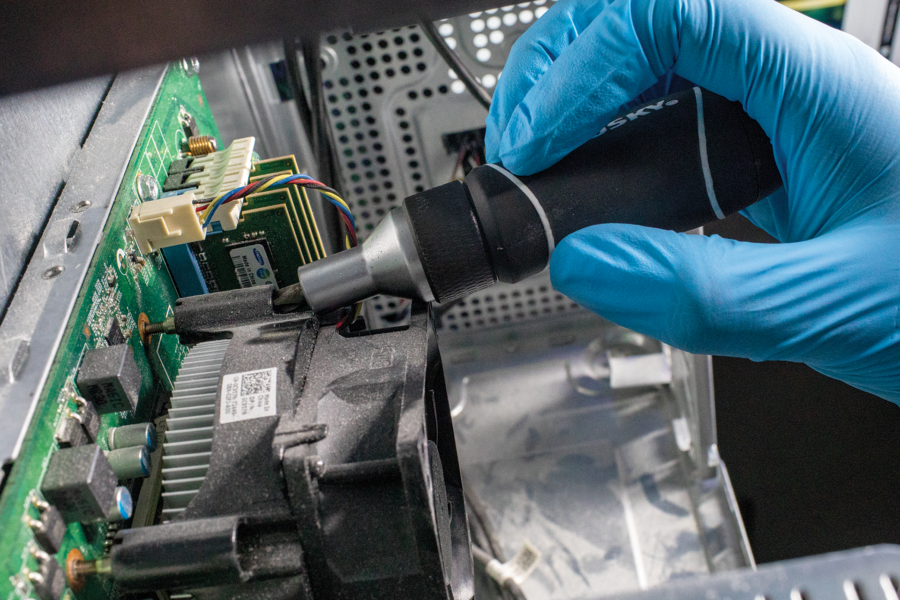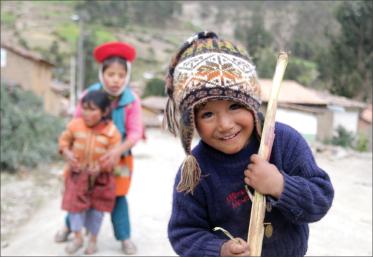A single google search using the terms: Tinder, Bumble, or dating apps yields over 10 pages and 170 million results ranging from articles on the best dating apps for the year, guides on what the best dating apps are for you, the worst experiences on dating apps and more. With the amount of results on the internet— it’s no wonder that a person might feel lost, overwhelmed or worse: lonely.
Tinder, according to the company’s own help and support website, is “the world’s most popular app for meeting new people.” The website features a few statistics on the amount of matches it has sparked and describes the app as having a “No stress. No rejection.” atmosphere.
19-year-old Natalee Gonzalez, a Multimedia Journalism major at the University of Texas at El Paso, says Tinder’s hookup culture is what strays her away from the app. One thing she notices is the inconsistencies from online and in-person personalities.
“One time I went out with this guy and we had so many things in common when we were talking and then he comes and picks me up. First of all, he did not look like what he said. He was way shorter and like way scrawnier than I thought. I felt like he was looking up the stuff that I was telling him about so that way he could actually talk to me. When we were talking over text, he was probably looking up what I was telling him,” Gonzalez says.
Gonzalez also says she started to think the person she met up with had lied this whole time.
“When I would talk to him in person and I would mention something he’d be like: I don’t know what that is and I just think…bro, you said you knew. So, it makes me think, did he lie to me the whole entire time? I mean he was probably doing it because he wanted to talk to me but, at the same time, you can’t lie because eventually you’re going to meet up with these people in person,” Gonzalez says.
23-year-old Peyton Williamson, majoring in Anthropology with a minor in Psychology at UTEP, has used Bumble and Tinder.
“I tried Hinge for a brief moment but…,” Williamson shook her head and laughed. “Hinge is a dating app where instead of necessarily focusing on looks as where Tinder and Bumble do…Hinge makes you answer these very specific questions. Where’s your political stance? Could you date someone that does X, Y, and Z? Do you not want to date a smoker? It’ll ask you specific questions that would only really matter to the person trying to get a date.”
As of 2019, according to a report done by statista.com, a website dedicated to providing updated statistics on a wide variety of topics, Tinder and Bumble are of some of the most popular online dating apps with numbers between five to seven million mobile users in the United States.
Hinge, according to their website, is the app designed to be deleted and Grindr, a dating app geared toward LGBTQ people, comes in sixth and seventh place with just over 1 million downloads.
Despite these high numbers, Williamson speaks of the difficulty of finding people “of substance” using these apps.
“Most of the time it’s people when they’re bored late at night or they’re just trying to hook up and if you’re trying to look for something a little bit more serious, but you’re just too busy to look for anything serious or you just don’t know anybody, it’s just really difficult to maintain communication on these apps,” Williamson says.
Gonzalez also talks about the repetitiveness one can find at the bio of each username.
“A lot of them (bios) have a Michael Scott quote or something about shooting your shot,” Gonzalez says. “The one I hate the most is the one where they describe themselves taking you out on a cute date until they realize that they’re dragging a mannequin across the floor.”
Gonzalez is referencing a description that when searched online yields over 800,000 results on Google. The actual statement reads: “I like long walks on the beach with my girlfriend, until the LSD wears off and I realize I’m just dragging a stolen mannequin around a Wendy’s parking lot.”
According to an article by Ashley Fetter posted on The Atlantic in 2018, dating apps originated in the gay community. Apps like Grindr, which launched in 2009, helped men get together based on the geographic range that a user would input. Tinder, which launched in 2012 expanded the demographic.
20-year-old, Angel Salcido Padilla, who is studying General Finance and Marketing at UTEP, says when he first started using the apps, he was looking for something serious.

“I was trying to find something serious but all these girls, they weren’t, or they weren’t as interested in getting something serious from Tinder, from what it seemed like,” Padilla says. “From a guy’s perspective, most girls when you first see their bio, the majority of them say they want something serious. But, in reality, from my experience, that hasn’t happened. I just feel like meeting through an app is not as significant as having a moment with someone in person and then building off of that.”
According to the Pew Research Center, only 12% of Americans say they have married or been in a committed relationship with someone they first met through a dating site or app.
“Substance for me is finding one who is genuinely interested in getting to know somebody in an intimate way,” Williamson says. “Not necessarily sex, but you would know that person very very closely. It seems like there’s not a lot of people who value that anymore, it’s more like how many people I know instead of the quality of people I know. So, I find that for me, that’s one important thing that’s lacking in these apps.”
By Brandy Ruiz


